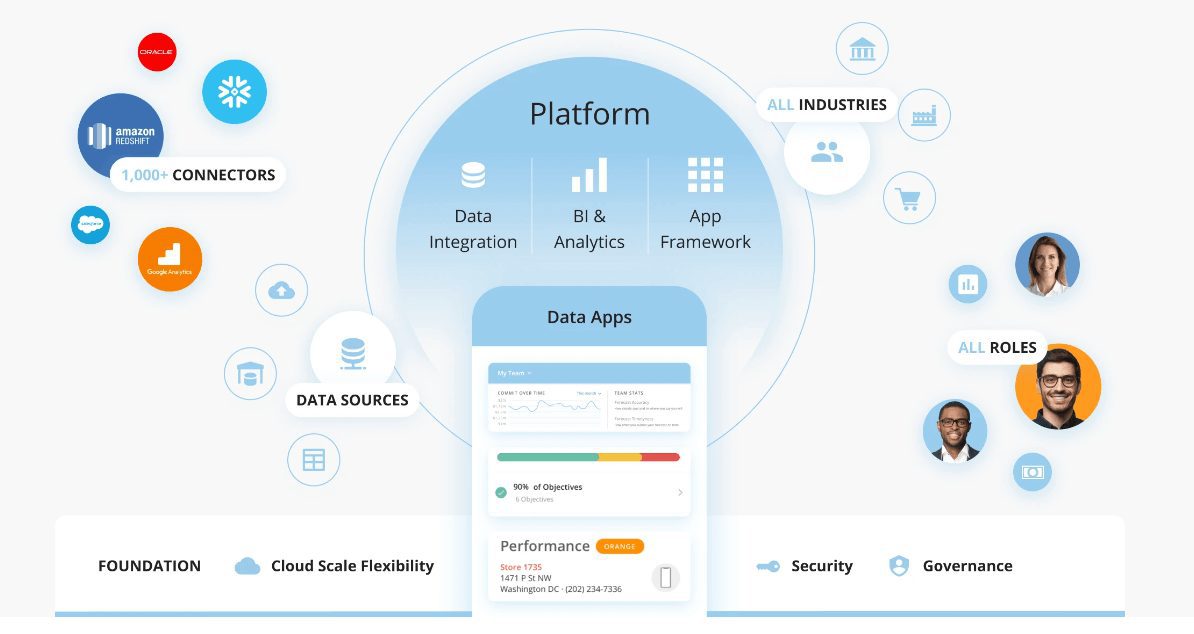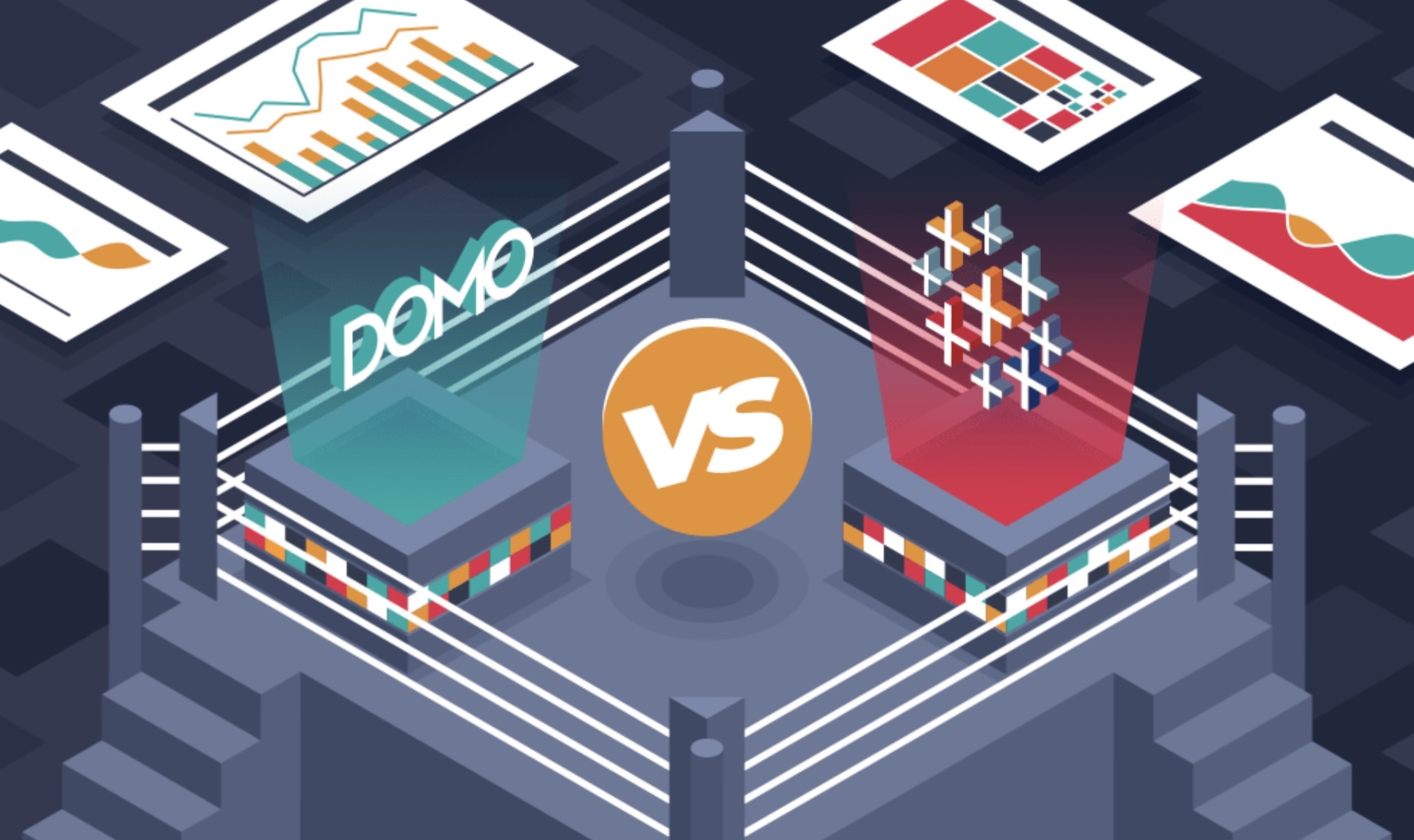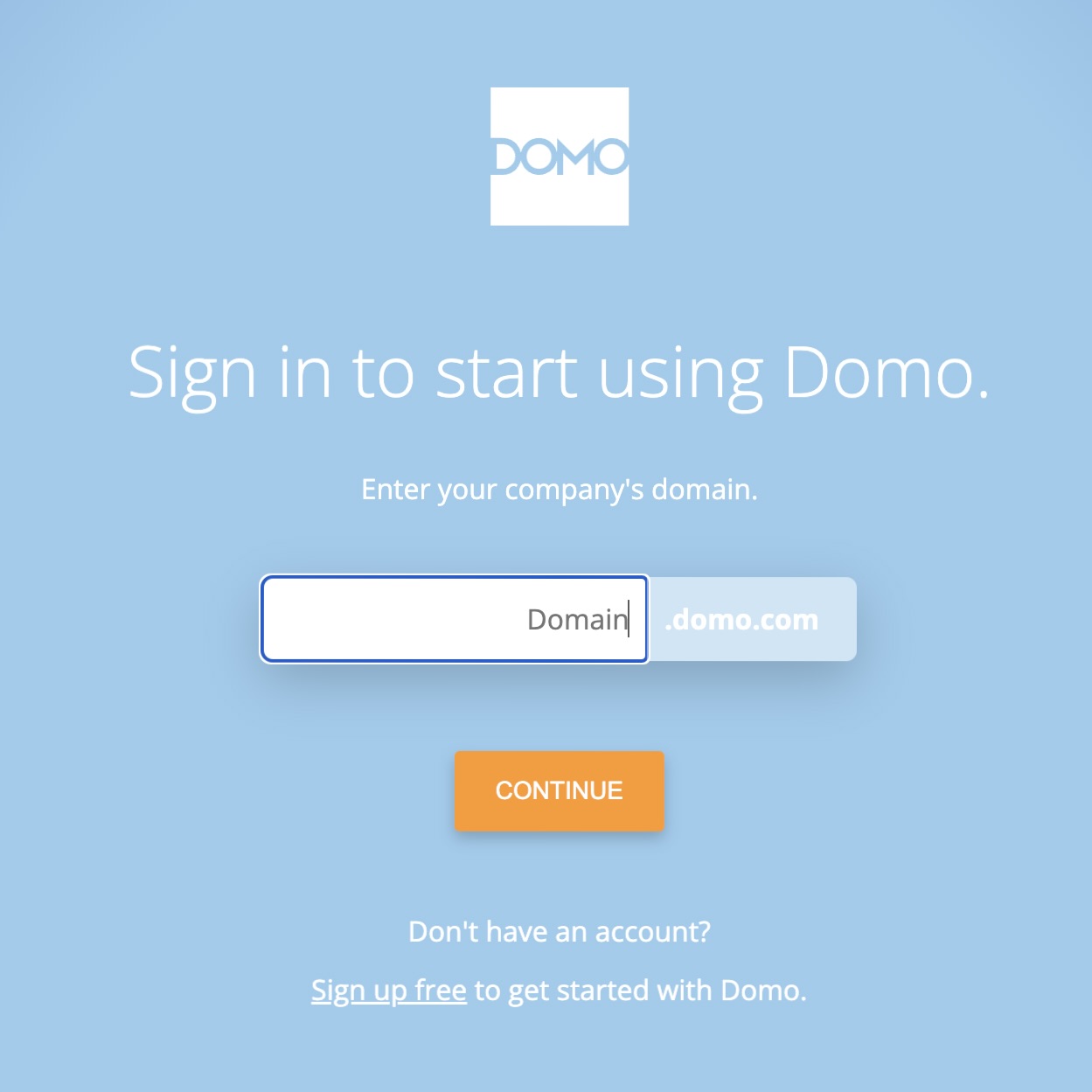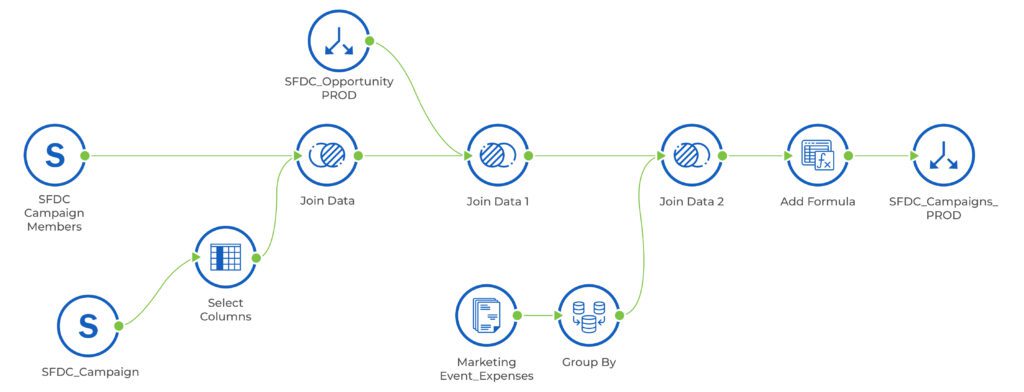
Unlocking the Power of Domo: What It Is, Why You Need It, and How to Get Started
Explore Domo: what it is, why it’s ideal for data analysis, and how to get started with creating impactful visualizations.
In a world overflowing with data tools, finding the right one can be a challenge. Enter Domo—a powerful platform that’s perfect for anyone looking to turn raw data into meaningful insights. Whether you’re a stats student or a data pro, Domo has some unique features that might make it your new go-to tool. Curious why it stands out, especially compared to Tableau? Let’s dive in and see why Domo is worth your time and how you can get started with it!
What is Domo?
Domo is a cloud-based business intelligence platform designed to help organizations visualize, analyze, and act on data. It provides a centralized platform where users can connect various data sources, create custom dashboards, and generate interactive reports.

Key Capabilities
- Real-Time Data Integration: Connect to numerous data sources and integrate them seamlessly for real-time analysis.
- Custom Dashboards: Create visually appealing and customizable dashboards that cater to specific business needs.
- Advanced Analytics: Utilize built-in analytics tools and predictive modeling features to uncover deeper insights.
- Collaboration Features: Share dashboards and reports with team members and stakeholders to foster a collaborative data-driven culture.
Domo’s user-friendly interface and extensive capabilities make it an amazing tool for statistics students and data professionals who need the optimal tool for data analysis and visualization.
Personal Thought #1
When I first started working as a data analyst, Domo was one of the tools I had to learn on the job. At first, it was daunting—figuring out how to connect data sources, build dashboards, and navigate its various features took some time. But I quickly realized that Domo’s capabilities made my workflow so much smoother, especially with its real-time data integration. Now, I rely on Domo daily to help me create impactful visualizations that are crucial for delivering business insights at my job. It’s not just about learning a new tool—it’s about unlocking a better way to work with data.
Why should I use Domo?

Domo offers several advantages that make it an appealing choice for data analysis:
- Ease of Use: With an intuitive interface, Domo simplifies the process of connecting to data sources and creating visualizations.
- Scalability: It can handle large datasets and complex queries, making it suitable for both small projects and large-scale data operations.
- Integration: Seamlessly integrate data from various sources, including social media, databases, and spreadsheets, into a single platform.
- Collaboration: Enhance teamwork with features that allow real-time sharing and collaboration on data insights.
By familiarizing yourself with Domo, you’ll gain a powerful tool that can enhance your data analysis skills and improve your ability to communicate insights effectively.
Personal Thought #2
For me, learning Domo was a game-changer. It quickly became clear how essential it is for efficient decision-making and data-driven strategy. Whether I’m pulling data for quick analysis or building comprehensive dashboards for team presentations, Domo is the backbone of my daily work. If you’re a student or professional aiming to get ahead in the data science field, Domo is absolutely worth adding to your toolkit.
Can’t I just use Tableau?

While Tableau is a well-known data visualization tool, Domo offers several unique benefits:
- Unified Platform: Unlike Tableau, which often requires integration with other tools, Domo provides an all-in-one solution for data integration, visualization, and analysis.
- Real-Time Data: Domo excels in handling live data feeds, making it easier to get up-to-date insights without manual updates.
- Collaboration and Sharing: Domo’s collaboration features are more advanced, enabling better teamwork and real-time sharing of insights.
For many use cases, Domo’s integrated approach and collaborative features can make it a more efficient choice compared to Tableau.
How to Get Started

Ready to dive into Domo? Here’s a step-by-step guide to help you get started:
Onboarding
- Create an Account: Visit Domo’s website and sign up for a free trial or contact sales for a demo.
- Log In: Access your Domo dashboard by logging in with your credentials.
- Explore the Interface: Familiarize yourself with the main sections: Apps, Dashboards, Alerts, Appstore, & Data.
Importing Data
- Connect Data Sources: Use the “Data” button to connect to various data sources like databases, spreadsheets, and cloud services.
- Data Preparation: Clean and transform your data using Domo’s built-in tools to ensure it’s ready for analysis.

Visualizing Data

- Create Dashboards: Navigate to the “Dashboards” tab and start creating dashboards by selecting from a variety of chart types and widgets.
- Customize Visuals: Adjust colors, labels, and layout to tailor the visuals to your specific needs.
Key Features
- Domo Appstore: Browse and install pre-built apps and connectors to extend Domo’s functionality.
- DataFlows: Automate data transformations and updates with Domo’s DataFlows feature.
- Alerts and Notifications: Set up alerts to get notified about important changes in your data.

By following these steps, you’ll be well on your way to harnessing the full power of Domo for your data analysis needs!
Conclusion
Domo is more than just another data tool—it’s a powerful platform that can transform how you analyze and visualize data. With its robust features and user-friendly interface, it’s a valuable asset for students and professionals alike. Ready to explore Domo for yourself? Sign up for a trial, dive into the tutorials, and see how it can enhance your data analysis skills. If you have any questions or want to share your experiences, leave a comment below!

For more resources and tutorials, check out Domo’s Learning Center.
Image Sources
- domo.com
- https://blog.tyronesystems.com/types-of-data-scientist/
- https://www.artofvisualization.com/blog/domo-vs-tableau-showdown
- https://one-analytics.com/looker-studio-vs-domo-review/
- domo.com